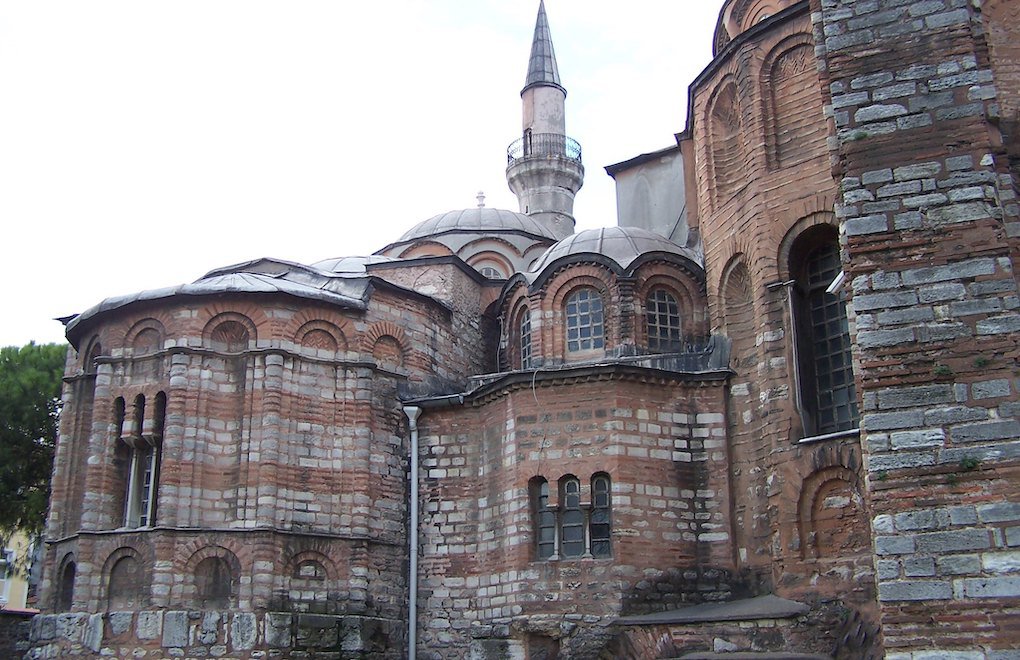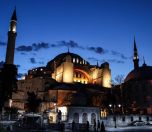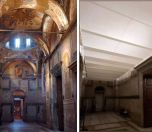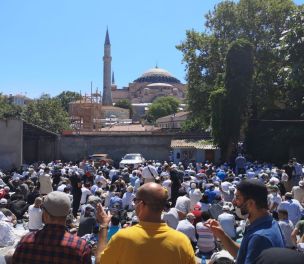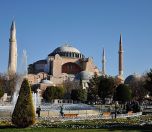* Photo: Flickr
Click to read the article in Turkish / Kurdish
The Presidential Decree that opens the Chora (Kariye) Mosque to worship was published in the Official Gazette today (August 21).
Located in today's Fatih district in İstanbul, the building was constructed as a monastery in 534 during the Byzantine period. After İstanbul was taken over by the Ottomans in 1453, it was converted into a mosque in 1511, just like Hagia Sophia in İstanbul. Serving as a mosque for 434 years, it was converted into a museum by a Council of Ministers decree in 1945, after the Republic of Turkey was established in 1923.
In its ruling dated November 11, 2019, the Council of State concluded that the allocation of the building to the Ministry of National Education to be used as a museum and a museum warehouse was "contrary to law." As per the decision of the Chora Museum administration dated June 22, 1965 and the Article 35 of the Law on the Establishment and Duties of the Presidency of Religious Affairs, it was decided to open the building to worship.
Hagia Sophia has also been opened to worship
After the Council of State annulled a Council of Ministers decree dated 1934 and President and ruling Justice and Development Party (AKP) Chair Recep Tayyip Erdoğan issued a decree opening it to worship as a mosque, Hagia Sophia has been converted back into a mosque and serving as such since July 24, the 97th anniversary of the Lausanne Peace Treaty, which was signed after Turkey's War of Independence.
About the Chora MuseumIt was originally built as part of a monastery complex outside the walls of İstanbul, to the south of the Golden Horn, in 534. Literally translated, the church's full name was the Church of the Holy Saviour in the Country. The majority of the fabric of the current building dates from 1077–1081. Early in the 12th century, the church suffered a partial collapse. Around fifty years after İstanbul was taken over by the Ottomans, Atık Ali Paşa, the Grand Vizier of Sultan Bayezid II, ordered the Chora Church to be converted into a mosque. The word Kariye derived from the Greek name Chora. Due to the prohibition against iconic images in Islam, the mosaics and frescoes were covered behind a layer of plaster. This and frequent earthquakes in the region have taken their toll on the artwork. In 1948, Thomas Whittemore and Paul A. Underwood from the Byzantine Institute of America and the Dumbarton Oaks Center for Byzantine Studies, sponsored a restoration program. From that time on, the building ceased to be a functioning mosque. In 1958, it was opened to the public as a museum. In 2005, the Association of Permanent Foundations and Service to Historical Artifacts and Environment filed a lawsuit to challenge the status of the Chora Church as a museum. In November 2019, the Council of State, Turkey's highest administrative court, ordered that it was to be reconverted to a mosque. * Source: Wikipedia |
(TP/SD)




